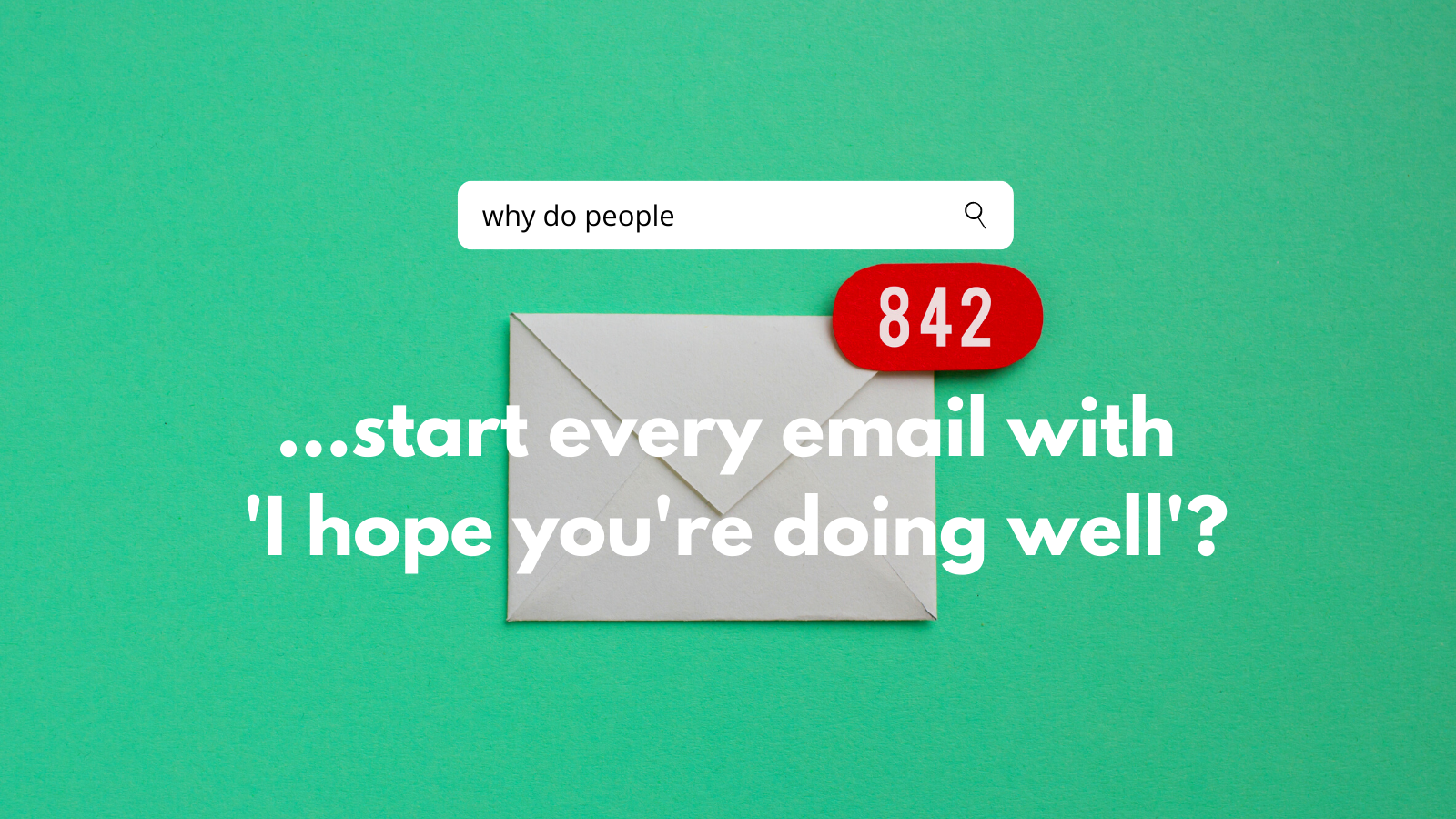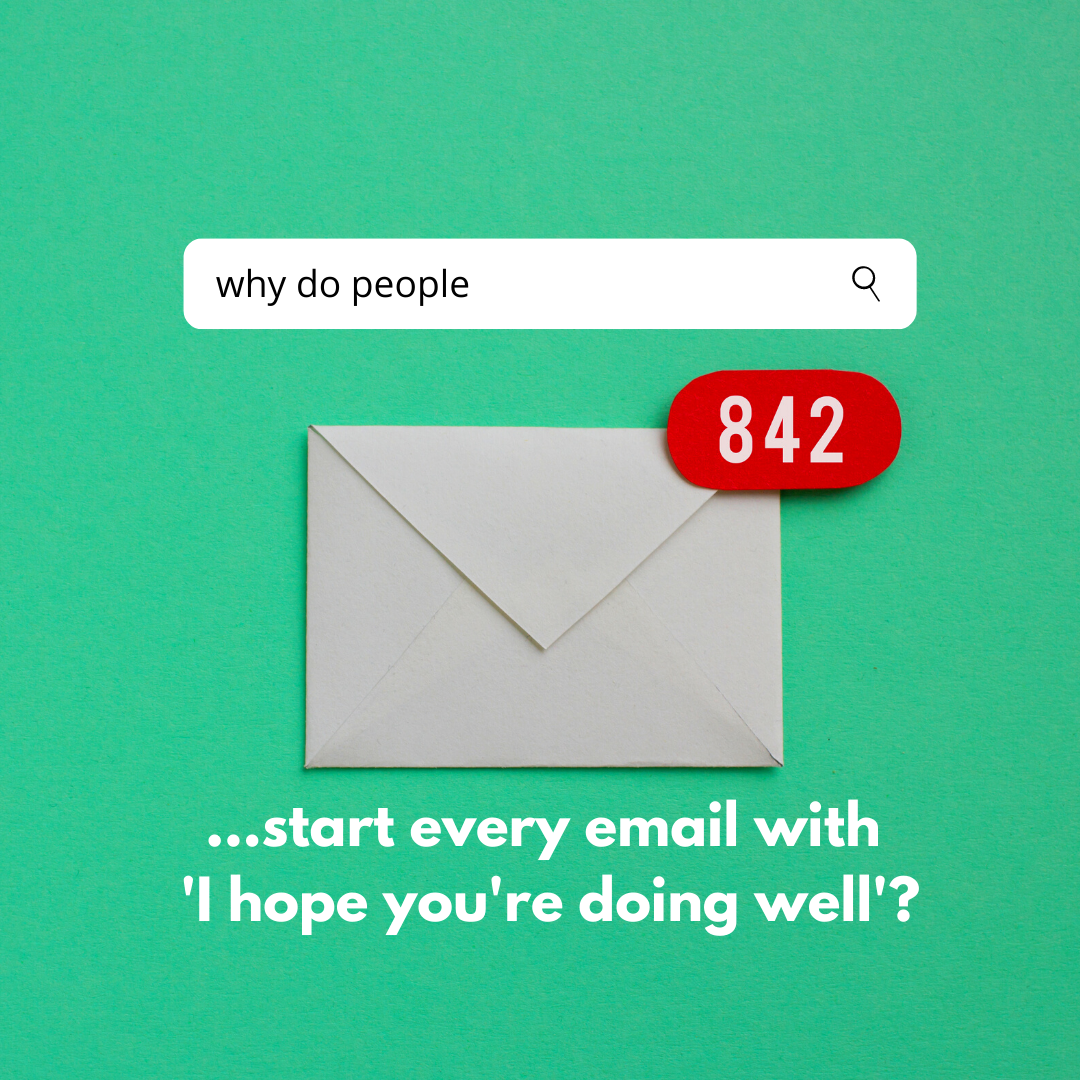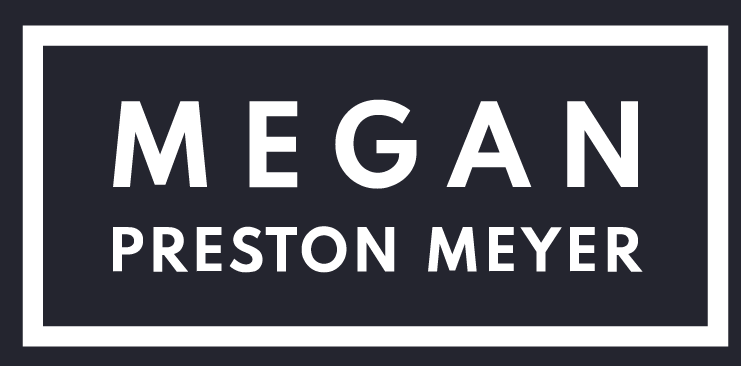
Why do people start every email with 'Hope you're doing well'?
Logic: Because this is the most efficient opening to a semi-formal email.

Logic: Because this is the most efficient opening to a semi-formal email.
It’s kind of cliché – you open up an email from someone you don’t know, or don’t know well, and right there at the top is, “Hope you’re doing well.” You immediately discount it as insincere or lazy, and skip ahead to see what they want from you.
But, actually, it’s very thoughtful.
In a situation where you need some niceties, think about the alternatives:
Dear So-and-So,
How are you?
How’s everything going?
What have you been up to?
How are you handling this ‘new normal’, which has been normal now for more than a year, so I sincerely hope you’re acclimated?
These are all phrased as questions.
The recipient then feels obligated to address the question in her response, which triggers a whole extra line of thinking. Do they really want to know? Should I answer honestly? How clever should I try to be? Nine times out of ten, the answer ends up as “Fine, thanks. How are you?”
This does not transmit any meaningful information – but when the response comes back, the original sender still has to read it. This just “slows everything down,” according to one Engagement Manager at McKinsey.
Sending one-way well wishes is far more efficient.
Conclusion: ‘Hope you’re doing well’ is not insincere or lazy – on the contrary, it likely means that the well-wisher does hope you’re doing well... and also respects your time.
Occasional emails from Megan
I promise not to spam you and I promise not to be boring.






